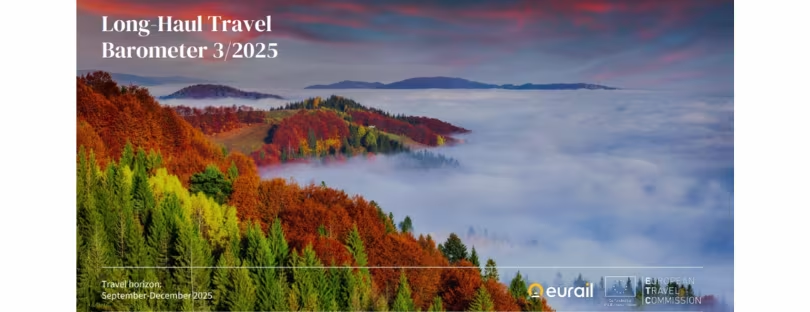
Spending An Average $2,400 Each Travel Day on luxury trips
A report released by Statista also predicted that luxury trips, defined as those made by people with net assets of more than $1 million and who spend an average $2,400 per travel day, will grow by 7.3% annually until 2023.
Luxury Travel report gives insights from marketing channels and market positioning to potential growth strategies, providing in-depth analysis for new competitors or exists competitors in the Luxury Travel industry. The key countries of Luxury Travel in each region are taken into consideration as well, such as the United States, China, Japan, India, Korea, ASEAN, Germany, France, UK, Italy, Spain, CIS, and Brazil etc.
Statista predicted China’s and India’s luxury markets as being those that will grow the most rapidly in the next five years, driven by increases of affluent travellers in their domestic markets.
“A key trend that has been shaping luxury tourism in recent years is the increase in multi-generational travel,” Dr Friedrich Schwandt, Statista’s founder and managing director, said.
“Families are seeking an opportunity to spend quality time together and strengthen bonds.
“As millennials and generation Z gain economic influence and represent an increasing proportion of luxury travellers, adventure, uniqueness, as well as sustainability also become vital, as they contribute to a high-profile social media image.”
The report about luxury trips went on to say that that luxury market represents 14% of the total global tourism market, which is said to be worth $5.9 trillion.
Luxury Travel Market Overview
Luxury travel today is defined less by thread count and Michelin stars and more by access to the people, places and experiences that represent all that is authentic about a destination. There’s no denying that comfort factors still apply and high standards of accommodation and dining will always feature on the luxury traveller’s wish list. However, today’s luxury traveller seeks more depth of understanding and immersion into local culture than ever before. People don’t just want to see they want to participate.
The sales process is also critical and whilst the online proposition can be an asset in terms of booking more simple arrangements, clients looking for luxury experiential travel require a deep level of sophisticated knowledge and confidence during the sales process.
Growing inclination of people towards unique and exotic holiday experiences, rise in middle and upper middle class spending and the increasing impact of social media on travel industry are the key factors that drive the market growth. Emerging new destinations coupled with rising service standards in the travel industry, is anticipated to further drive the demand for luxury travel, globally.
The Small Group Journey segment accounted for about 44% of the overall luxury travel market revenue, by tour type in 2015, as this is identified as the most popular vacation option among young and middle age group travelers. In addition, Customized and Private Vacation aimed at culinary and shopping, would witness the fastest growth, registering a CAGR of 9.1% during the forecast period. An increasing number of luxury travelers are indulging in these tours as they enable these travelers to experience the finest local delicacies and also buy some of the most exquisite handicrafts. These luxury trips are getting popular among travelers of all age groups, especially the millennials (21 – 30 years). In 2015, approximately 45% of millennials took a trip based on culinary interest.
According to this study, over the next five years the luxury travel market will register a 8.5% CAGR in terms of revenue, the global market size will reach US$ 8460 million by 2024, from US$ 5200 million in 2019.
Luxury Travel market Top Key Players:
- TUI Group
- Jet2 Holidays
- Cox and Kings Ltd
- Lindblad Expeditions
- Travcoa
- Scott Dunn
- Abercrombie and Kent
- Micato Safaris
- Tauck
- Al Tayyar
- Backroads
- Zicasso
- Exodus Travels
- Butterfield and Robinson









